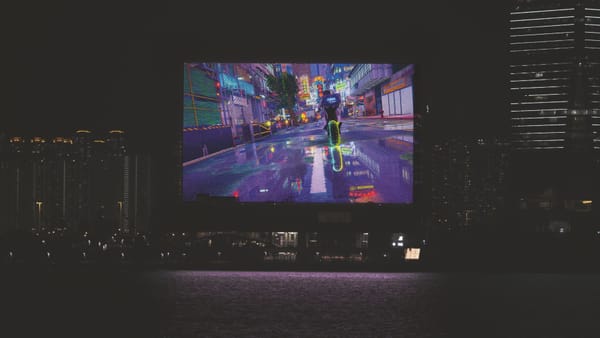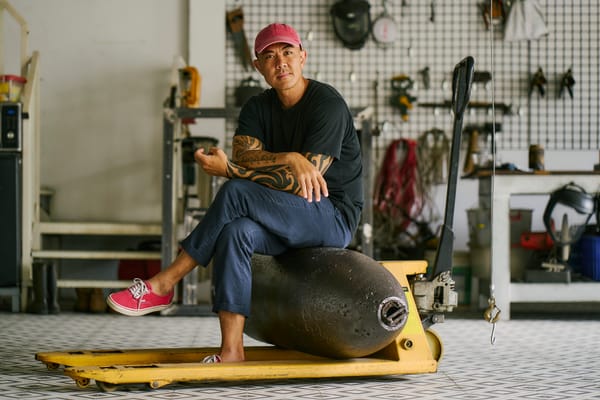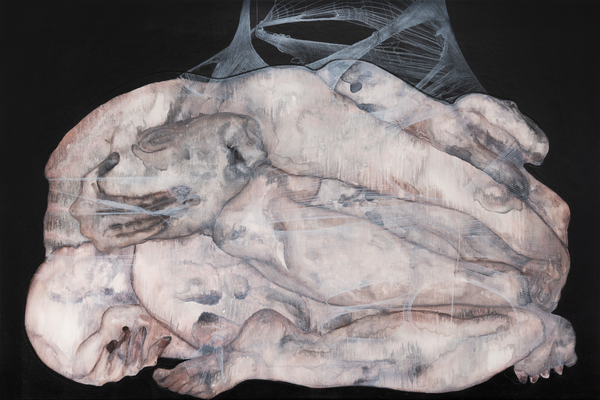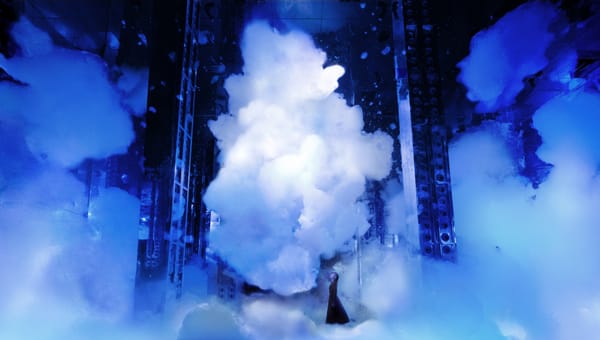People
New Currents: Chan Ting
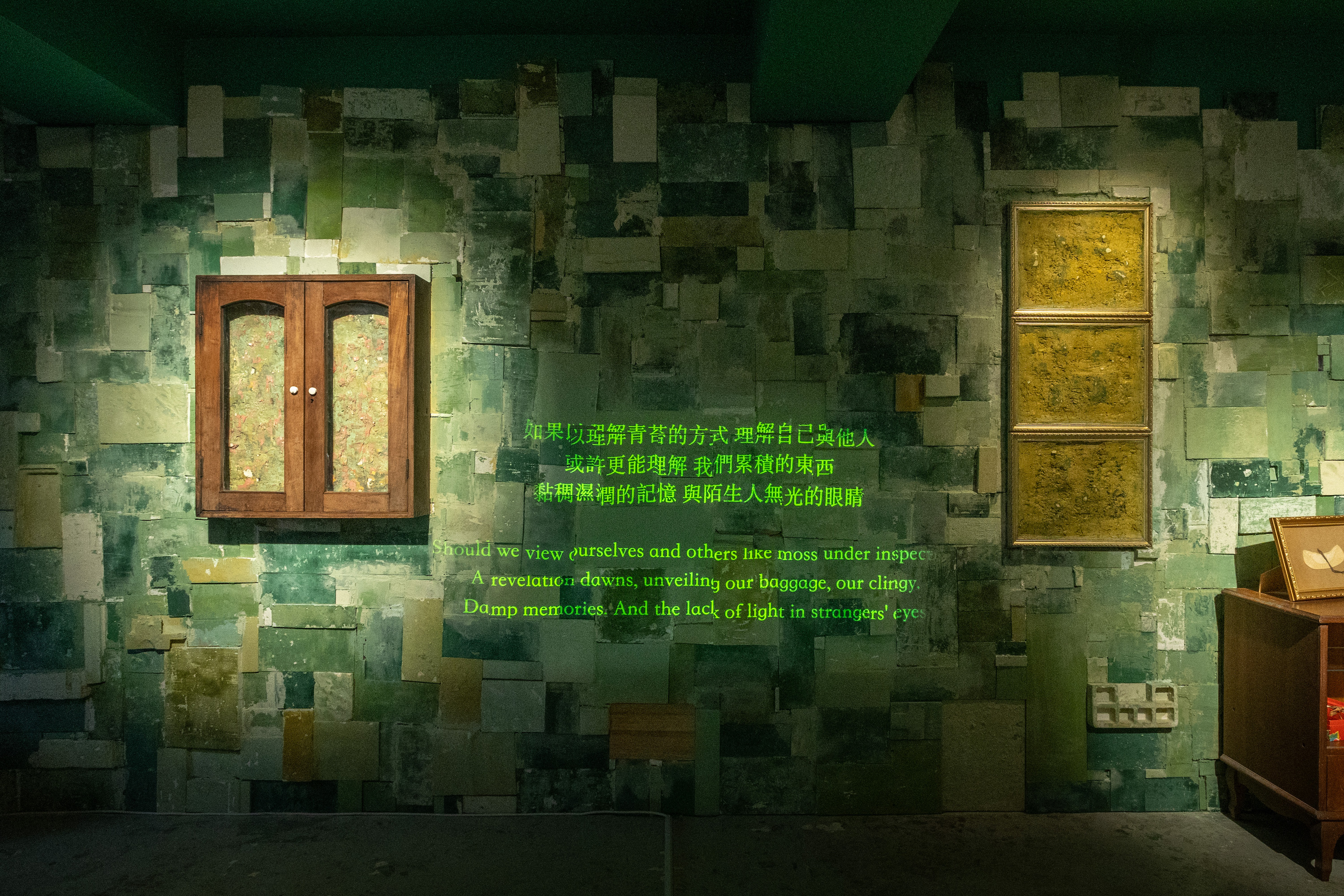
At first sight, Chan Ting’s composites of time-worn objects and industrial materials—including plaster, carbon powder, spray paint, and even dust—often exude a masculine energy. Upon a more intent look, however, they gradually appear mystical and idiosyncratic, as the Hong Kong-based interdisciplinary artist queers them with a feminine touch and artisanal care. Working across sculpture, sound, and installation, Chan challenges material boundaries by transforming abandoned objects and frequently showcases them with a sonic counterpart. Drawing on her background as a hypnotherapist, her works serve as both a subversive meditation on sociohistorical memory and trauma, as she goes in search of heterogeneous narratives and multiple life-forms.
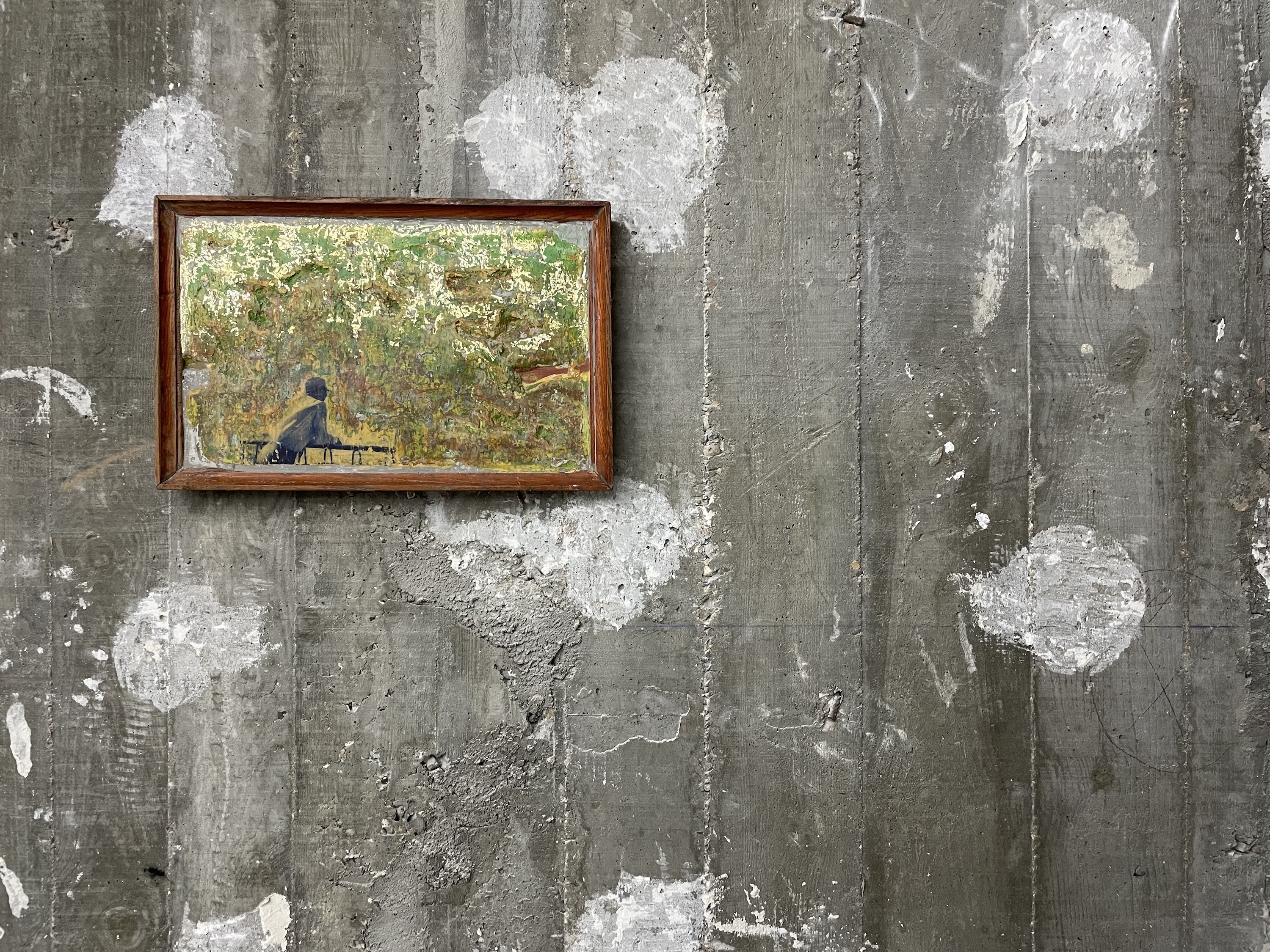
In Chan’s project “A Voice in the Rupture,” presented by the Hong Kong artist-run Negative Space (of which Chan is the co-founder) at the Paris Internationale 2022, the artist attempted to unsettle the rigid linearity associated with the formation of individual trauma and the construction of collective history. On dirt-smeared walls, visual elements appeared in disarray. The openings and cracks represented sites where changes and vernacular accounts slip in. The three-panel Discarded Abundance (2022), with canvases made from cast-off and neglected objects, shows vague figures in scraps of film images overlaid with plaster and clay. Chan crushed these materials repeatedly on the surface, evoking the inconvenient retrieval of history, most often in an indefinite state and constantly evolving. Sonic expressions in the background—a cacophony of fleeting urban and domestic sounds—contextualized the scenes in everyday life, where she attempted to resituate and reinterpret micro-narratives in the aftermath of collective trauma.
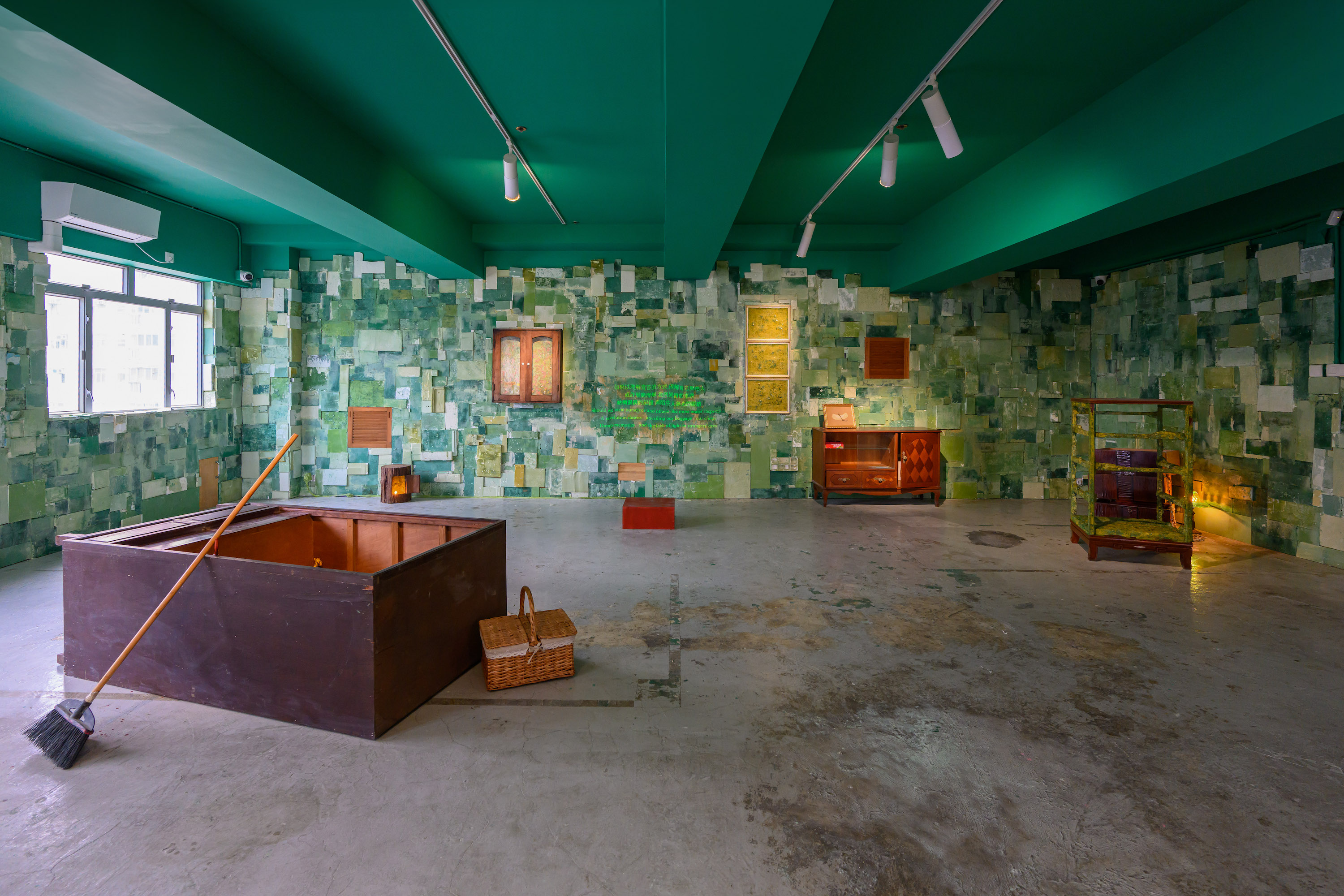
The recurring motif of rupture amid chaos in Chan’s works alludes to the assertive break in transgenerational trauma, and a defiant fragmentation of grand narratives. In 2024, she manifested a shift from deconstruction to recreation, with the obvious presence of the color green, and its natural parallel, moss, spreading out and filling the ruptures in her collected wooden objects. She learned that following the Second World War, surplus military-green paint was imported to Hong Kong for coloring colonial-style buildings and subsequently became a potent signifier for vitality upon its adaptation in the city. In “Moss Wonders,” an open studio installation created during her residency at the Hong Kong nonprofit Para Site, the walls of the interior were blanketed by green patches fabricated from discarded materials, while wooden furniture scattered throughout the space was layered with moss-like coatings of plaster. The culmination of these materials paid tribute to the rhizomatic plant (whose nourishing quality is often mistaken to be parasitic), suggesting the resilience of underappreciated inhabitants in the city.

Like an alchemist, the artist restored and reconfigured abandoned objects for her other solo showcase in 2024, “dreamskin” at PHD Group, by filling cracks and voids with moss-plaster. Her artworks continue to be sites of exuberant reimagination as Chan unravels stains and marks like layers of accumulated skin, delving into intricate memories where our subconscious and collective consciousness reside.



